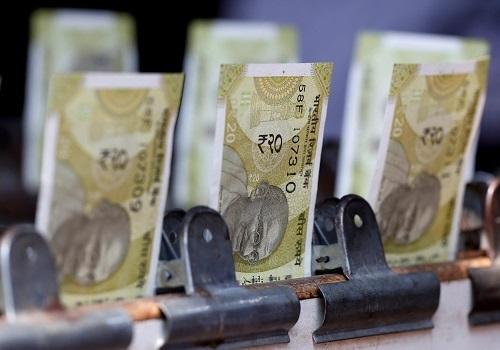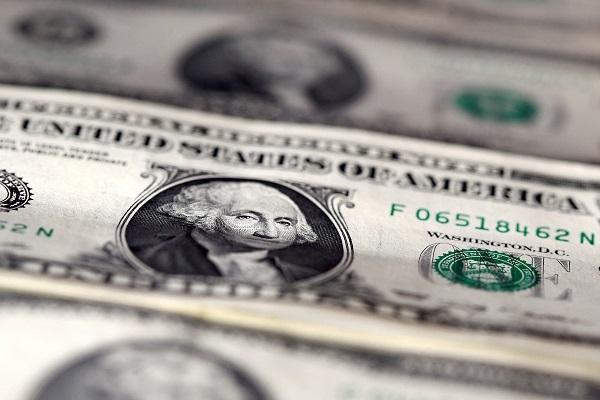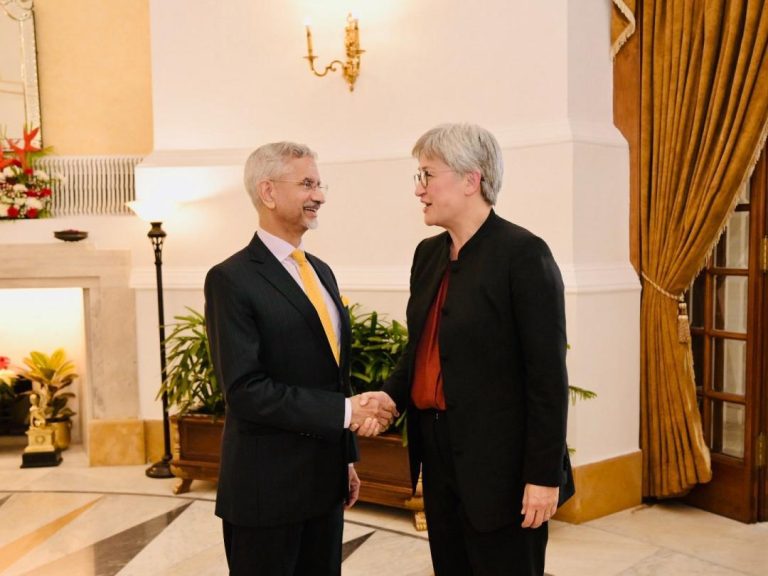
Rupee to open flat as Asia FX braces for risk-off
The Indian rupee is set for a quiet open on Friday, with Asian currencies largely absorbing the latest bout of risk-off sentiment, supported by a slide in US Treasury yields. The 1-month non-deliverable forward indicated the rupee will open largely unchanged versus the US dollar, having settled at 88.7050 on Thursday. This muted opening is a reflection of the cautious mood that has gripped the financial markets, as investors wait with bated breath for the next set of economic indicators and policy decisions.
The risk-off sentiment that has been prevalent in the markets of late has been driven by a combination of factors, including concerns over the global economic outlook, trade tensions, and geopolitical uncertainties. The recent escalation of tensions between the US and China has added to the sense of unease, with investors seeking safe-haven assets such as the US dollar, gold, and government bonds. However, the slide in US Treasury yields has provided some respite to the Asian currencies, including the Indian rupee, which has helped to mitigate the impact of the risk-off sentiment.
The US Treasury yields have been under pressure in recent days, with the 10-year yield sliding to its lowest level in several weeks. This decline in yields has been driven by a combination of factors, including a slowdown in economic growth, a decline in inflation expectations, and a decrease in interest rates by the Federal Reserve. The lower yields have made the US dollar less attractive to investors, which has helped to support the Asian currencies, including the Indian rupee.
The Indian rupee has been one of the better-performing currencies in the Asian region, thanks to a combination of factors, including a strong economy, a stable government, and a favorable balance of payments position. The country’s foreign exchange reserves have been rising steadily, which has provided a cushion against any potential volatility in the currency markets. The Reserve Bank of India (RBI) has also been proactive in managing the currency, using a combination of spot and forward market interventions to stabilize the rupee.
The rupee’s performance has been closely watched by investors, policymakers, and corporates, as it has a significant impact on the country’s trade and investment flows. A stable rupee is essential for the country’s economic growth, as it helps to boost exports, attract foreign investment, and keep inflation under control. The RBI has been working to maintain a stable exchange rate, using a combination of monetary policy tools, including interest rates, reserve requirements, and forward market interventions.
The Asian currencies have been navigating the risk-off sentiment with caution, with most currencies trading in a narrow range against the US dollar. The Chinese yuan, which has been at the center of the trade tensions between the US and China, has been trading in a tight range, with the People’s Bank of China (PBOC) intervening to stabilize the currency. The Japanese yen, which is seen as a safe-haven currency, has been trading stronger against the US dollar, as investors seek refuge in the currency.
The outlook for the Indian rupee and the Asian currencies remains uncertain, with a range of factors that could impact their performance. The US-China trade tensions, the global economic outlook, and the monetary policy decisions by the major central banks are some of the key factors that could influence the currency markets. The Indian rupee is expected to remain volatile, with a range of 88-90 against the US dollar, as investors await the next set of economic indicators and policy decisions.
In conclusion, the Indian rupee is set for a quiet open on Friday, with the Asian currencies largely absorbing the latest bout of risk-off sentiment. The slide in US Treasury yields has provided some respite to the Asian currencies, including the Indian rupee, which has helped to mitigate the impact of the risk-off sentiment. The rupee’s performance will be closely watched by investors, policymakers, and corporates, as it has a significant impact on the country’s trade and investment flows. The outlook for the Indian rupee and the Asian currencies remains uncertain, with a range of factors that could impact their performance.





